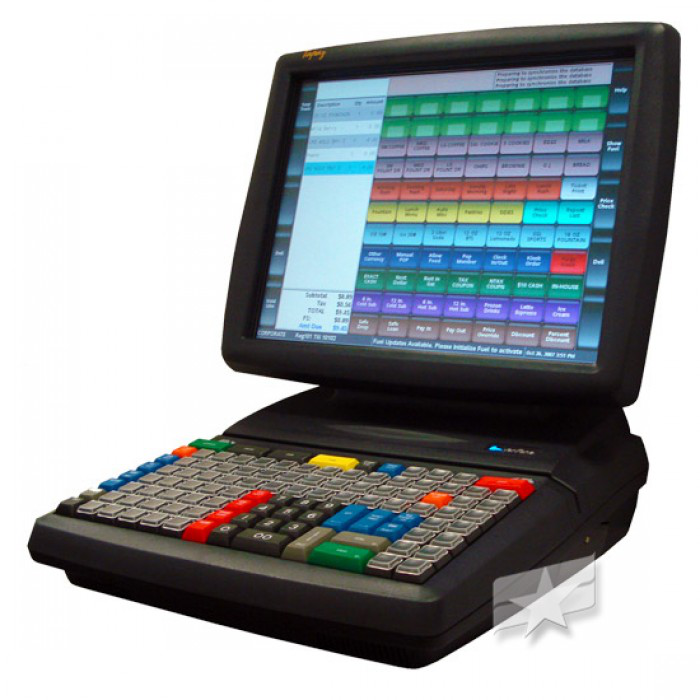 Looking for a POS system for your gas station but don’t really know where to start?
Looking for a POS system for your gas station but don’t really know where to start?
Don’t worry. We have compiled this brief guide to help you find the right solution for your service station, one that makes filling of vehicle tanks a total breeze for your customers, while also allowing you to manage your fuel retail operations conveniently.
So, let’s get started!
Compliance with ATEX Regulations
When buying a fuel POS system, the first thing that you need to make sure is that the system complies with many different industry specific requirements—the most important being ATEX regulations. These set of regulations govern the design standards of a POS system so as to make its operation safe in a potentially explosive environment.
It Should Enable Short Transaction Times
Gas stations receive high volume of customers every day – around the clock. As such, you cannot afford to spend too much time processing a sale, with the queue of cars adding up and customers honking their discontent to let you know they are getting late. Your POS system should accommodate faster transaction times with easy to access sales information and quick-to-process system functionality.
A User-Friendly Interface
The best fuel POS systems are designed for intuitive operations, having a user interface that is easy to navigate and interact with. The easier the system is to use, the greater the time savings it will offer—otherwise expended to train your staff—and the lesser the encountered human errors while processing a payment.
Designed to Accommodate Multiple Modes of Payment
Consumers today expect retailers to accommodate multiple modes of payment when they are making a purchase.
Fuel retail and convenience store purchases are not exempted. Therefore, your POS system should be able to accept payments in cash, credit and debit—while also offering discount coupons and fleet cards integration.
A Convenient Inventory Management
Fuel retail operations are resource exhaustive. As such, stock levels need to be continuously monitored to minimize outages and shrinkage—not to mention the disappointed maneuvers as customers lap the leagues to look for an alternative.
A fuel POS system should offer inventory management to ensure uninterrupted supply of gasoline to the customers.
A POS system having these 5 key features should be able to support your fuel retail operations holistically.
Buy Fuel POS Systems Online
At John W. Kennedy Company, we stock high quality service station equipment and gas station supplies, providing everything you need to run your business smoothly, efficiently and safely. You can place your order online and we will deliver it to you at your doorstep.





 As affixation of climate change warning labels on gas pumps, moves towards
As affixation of climate change warning labels on gas pumps, moves towards 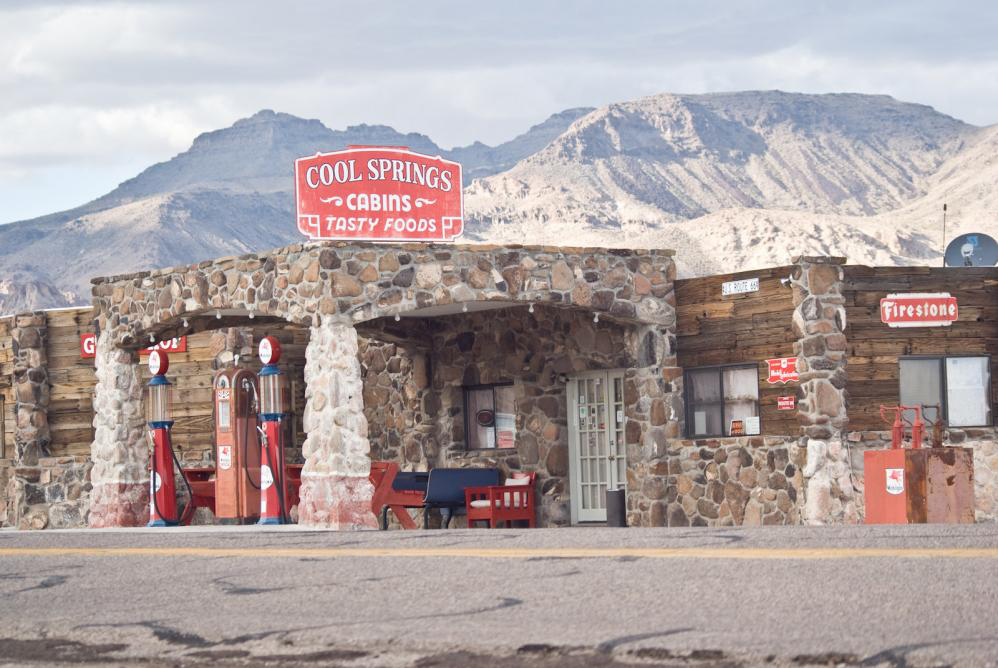 So, which one of you can tell us exactly, where this “very famous” gas station is located?
So, which one of you can tell us exactly, where this “very famous” gas station is located?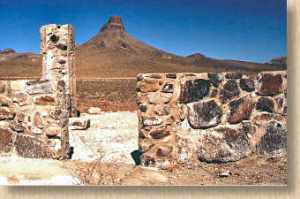
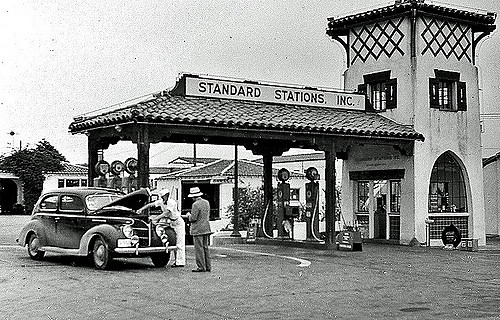

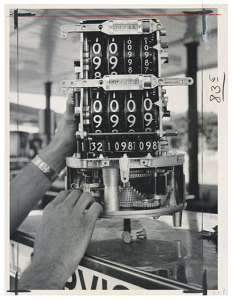
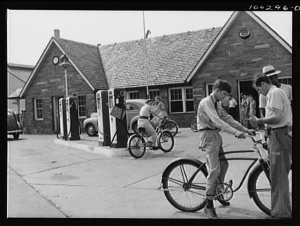
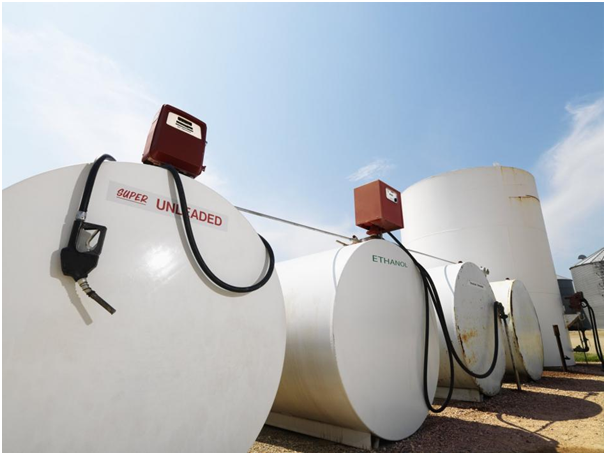 If left unattended, a flooded underground fuel storage tank can be a grave environmental liability. To protect the tank owners and their property from their probable health impact, corroded or leaky storage tanks need to be repaired or removed.
If left unattended, a flooded underground fuel storage tank can be a grave environmental liability. To protect the tank owners and their property from their probable health impact, corroded or leaky storage tanks need to be repaired or removed.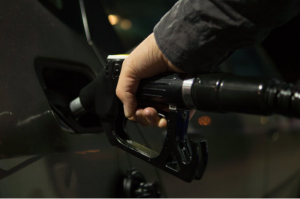 The profitability of a business can be enhanced by increasing its efficiency. In the petroleum industry, fuel management systems are used to ensure the smooth and efficient functioning of business processes.
The profitability of a business can be enhanced by increasing its efficiency. In the petroleum industry, fuel management systems are used to ensure the smooth and efficient functioning of business processes.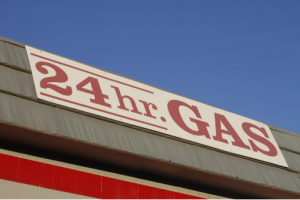 According to a
According to a 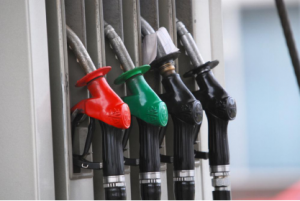 A few other important tips include checking oil for consistency and proper level, checking the pump for both oil and water leaks, checking for change of valves, checking the clutch and belts for proper alignment and tension, checking the micro-switch and tightening all the lose fasteners, nuts and bolts.
A few other important tips include checking oil for consistency and proper level, checking the pump for both oil and water leaks, checking for change of valves, checking the clutch and belts for proper alignment and tension, checking the micro-switch and tightening all the lose fasteners, nuts and bolts.
